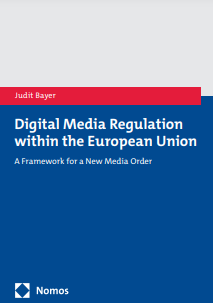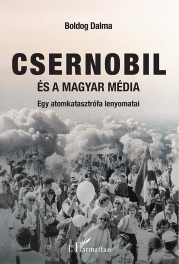Keyword – France
Hermann, Veronika – Keszeg, Anna:
Hermann, Veronika – Keszeg, Anna:
Glorious Times
Questions raised by the analysis of individual and collective aspects of nostalgia in the social sciences have focused not only on the desire for our former self or on the contradiction between collective and individual remembrance, but also, more generally, on what patterns are behind the rethinking and narrating of the past. Media texts structured around nostalgia as a narrative organising element, saturated with textual and ritual functions, create a metaphor for temporality in which images and texts produce a nostalgic experience. The recording of the individual and social experiences of nostalgia often acts in a spatial manner, which is inconsistent with the traditional modus operandi of both mediums. The topography of nostalgia narrates the past not only in time but also in space, combining homeliness with walkability. In this paper we want to show how nostalgia redistributes time through a variety of media texts coming from mainstream popular culture where in our consumption practices a fictitious past continually collides with a contradictory historic one. The field of analysis of nostalgia practices are the 1960s and its nostalgic media representations. One case study is related to the representations of 1968 in contemporary fashion media products (mainly those of the Gucci fashion house) and the other is George Lucas’s American Graffiti (1973), a movie made in the 1970s, situated in the 1960s, and stylistically placed in the 1950s in a narrative that is nostalgic at its core.
Keywords: Cold War, cultural memory, cultural studies, fashion, France, mass culture, mediated memory, memory politics, moving pictures, societal nostalgia, United States of America
Médiakutató Spring 2020 pp. 107-114



